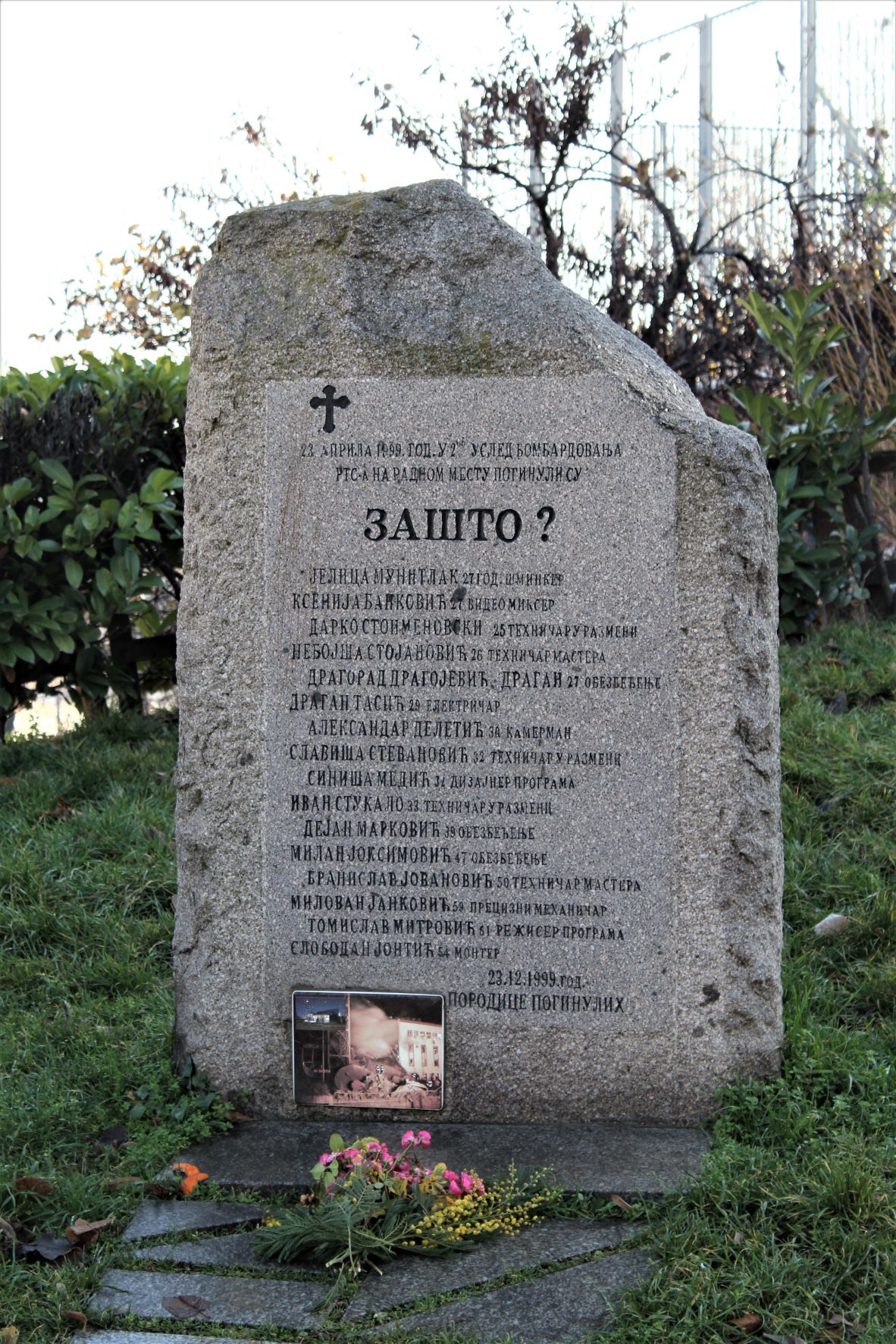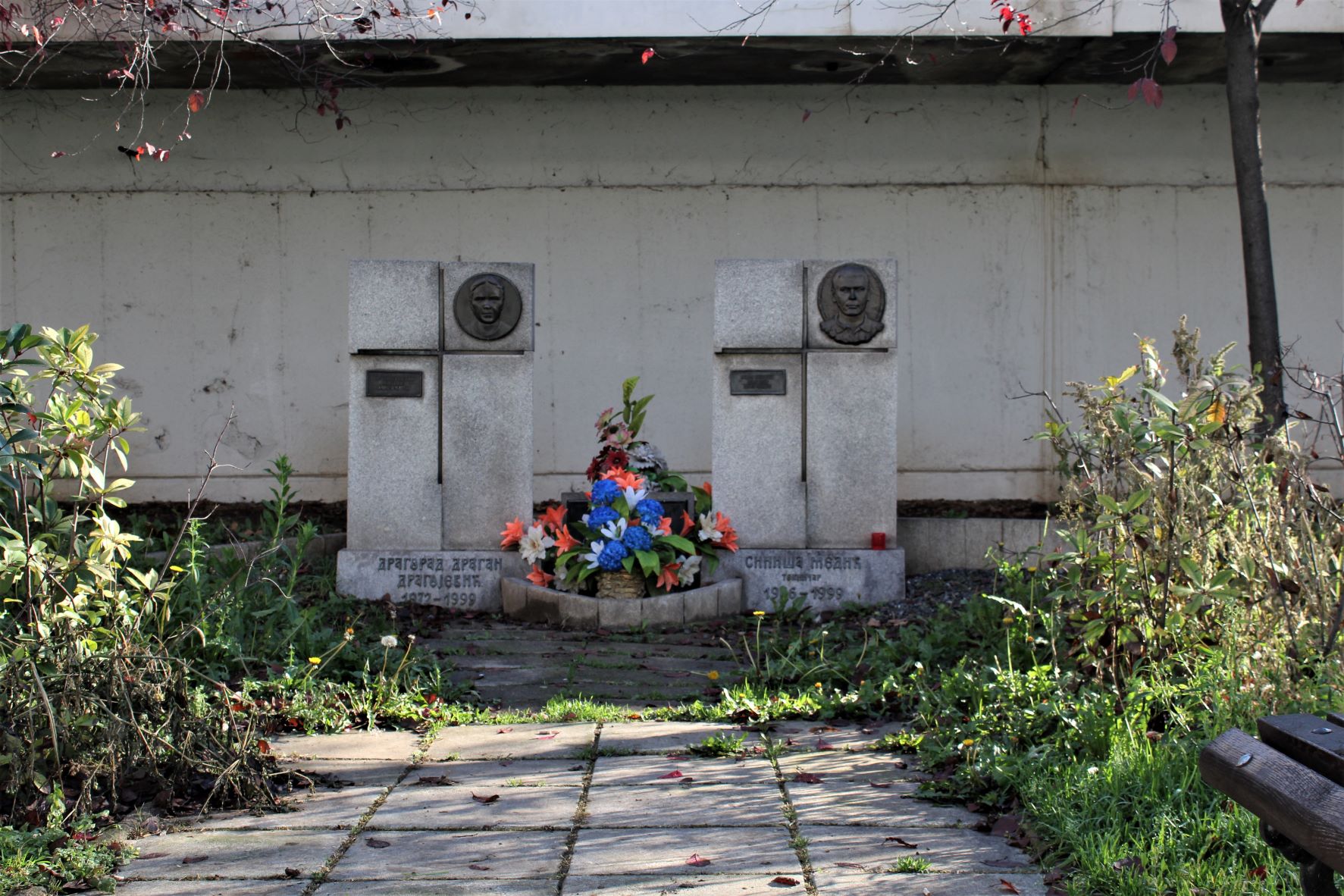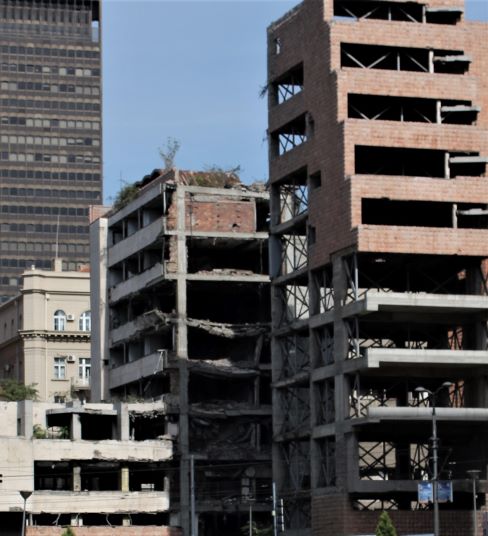On March 24, 1999, air raids by NATO forces began on the then Federal Republic of Yugoslavia. The FRY was attacked after the failure of negotiations in France on the future status of the province of Kosovo and Metohija. During the 78 days of bombing, between 1,000 and 2,000 people died, while the total material damage was estimated at tens of billions of dollars.
The decision to bomb the then Federal Republic of Yugoslavia was made, for the first time in history, without the approval of the UN Security Council. Nineteen countries of the Alliance started bombing after Serbian officials didn't accept the decision that the forces of the United Nations should monitor the peaceful settlement of the conflict in Kosovo. The bombing ended with the signing of the Military Technical Agreement in Kumanovo on June 9, 1999, and three days later the withdrawal of FRY forces from Kosovo and Metohija began.
The memorial service for the victims of the NATO bombing began shortly after the attack stopped. In 2000, a monument to the victims of the NATO bombing "Eternal Fire" was erected in Friendship Park in New Belgrade.
In Tašmajdan Park, a monument was erected in memory of the three-year-old girl Milica Rakić, who died during the bombing of Batajnica. The monument was erected in 2000 with the funds of the media company Evening news in memory of the girl Milica and the 79 children who died during the bombing. The conceptual design of the monument was created by Ostoja Balkanski.
In the vicinity of the RTS building, several monuments were erected to commemorate those who died during the building of the RTS. In front of the building itself is the Why monument erected by the families of the employees in memory of the night of April 23, 1999, when NATO forces bombed the RTS building.
On the lower plateau below the RTS building, there are cenotaphs (empty memorial tombs) to the victims Siniša Medić and Dragorad Dragojević (their bodies disappeared without a trace), and the families received permission from Television to place commemorative monuments in front of the building.
Symbols of the NATO bombing in Belgrade are the RTS building and the General Staff building.



General Staff building bombed
The architectural complex was built from 1956 to 1965 according to the project of architect Nikola Dobrović. It is also known as the "Sutjeska complex", because its shape resembled the Sutjeska canyon, where one of the most famous Yugoslav battles of WWII took place.
The complex consists of two monumental, stepped buildings that cascade down towards Nemanja Street.
These buildings were heavily damaged in two NATO bombings, first during the night on April 29th and 30th in 1999, and a third time a few days later, on the night between May 7th and 8th.
Two people were killed in the vicinity of the Symbols of the material suffering of the NATO bombing in Belgrade are the RTS buildings and the General Staff building during the first bombing.
General Staff building, before bombardment
In 2005, the complex was declared a cultural monument by decision of the Government of Serbia.
The middle part (building A) was partially demolished in 2016 and 2017 for security reasons.
The future purpose of the building which is under the reconstruction and in the possession of the Ministry of Defence is still unknown to the public.

RTS building bombed
After midnight on April 23, 1999, NATO bombed the RTS building and 16 employees were killed during the attack. Due to the spread of propaganda, the NATO alliance declared RTS a legitimate military target and attacked the building.
The families of the victims claim that the military and political leadership of Serbia knew that the RTS building would be attacked and that the employees were deliberately sacrificed. The truth about the RTS bombing is still not known.
In front of the building, the sign "Memorial to the workers of the RTS" was placed, marking the damaged building as a space intended for a memorial based on the decision of the City of Belgrade from 2012.
The complex that is part of the damaged building of RTS and the area in the immediate vicinity of the building is envisioned to be a monument, but the memorial was never realised for unknown reasons.
The bombed RTS building was originally designed as a canteen for poor pupils and students commissioned by Queen Marija Karađorđević. The construction of the Student's canteen by architect Rajko Tatić, began in 1939, but was interrupted due to the WWII and continued during the occupation of Belgrade. After WWII, its function changed and it became a film studio, and since 1962 the complex of buildings has been taken over by Radio Television Belgrade. This complex of buildings was extended by a new block of buildings facing Takovska street, which was designed by one of the greatest architects of modernism, Ivan Antić, between 1963 and 1967.



